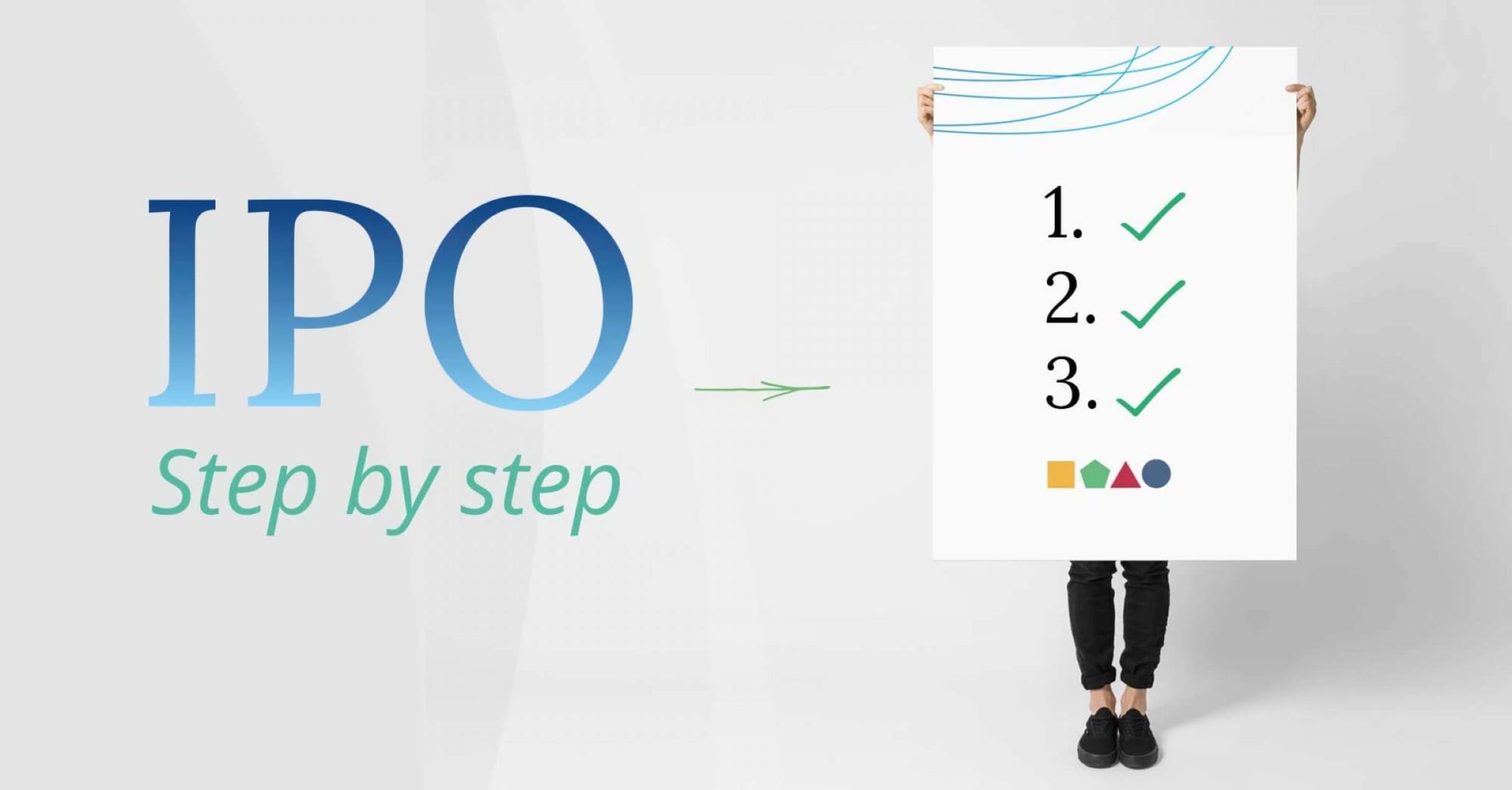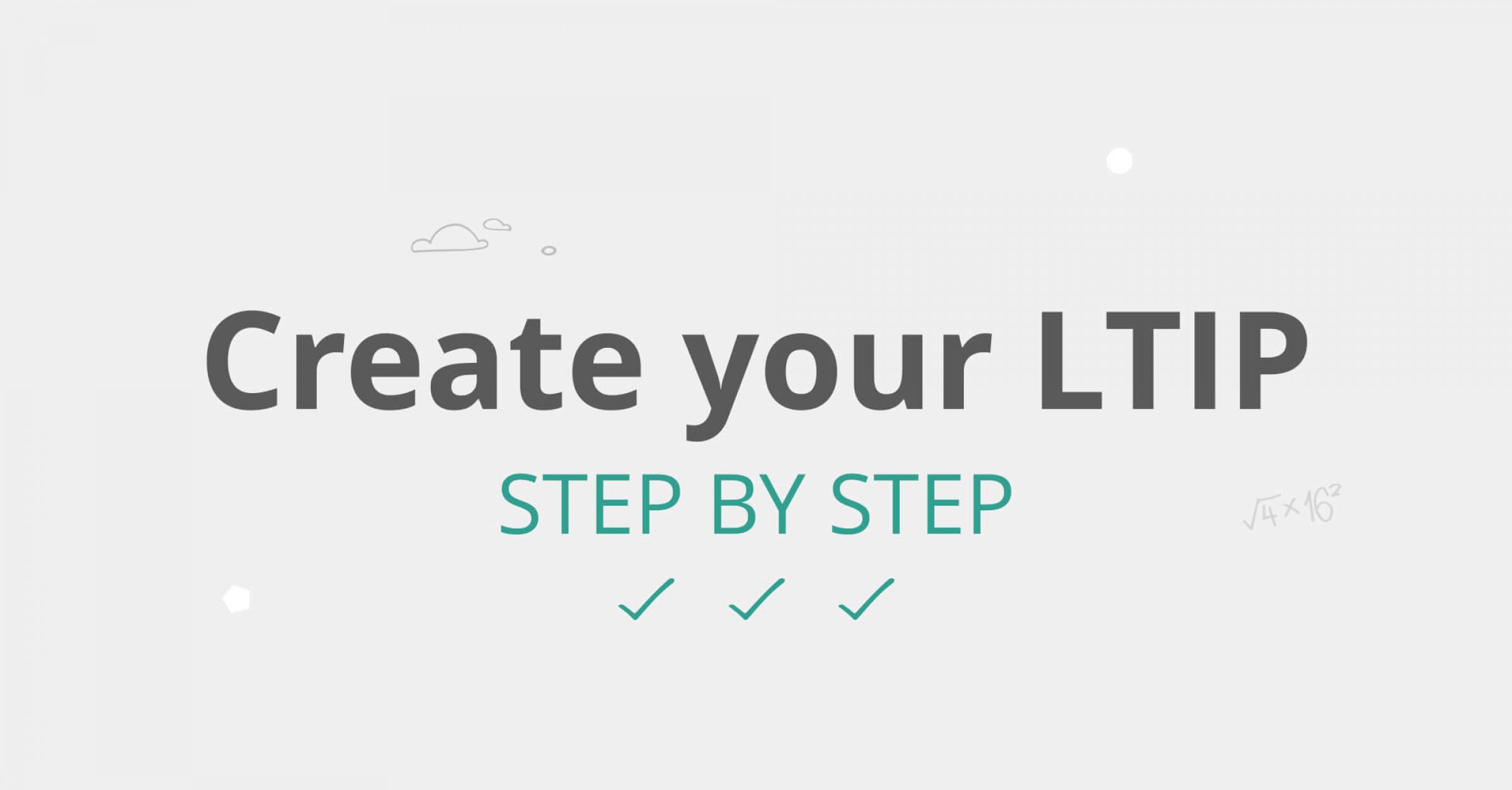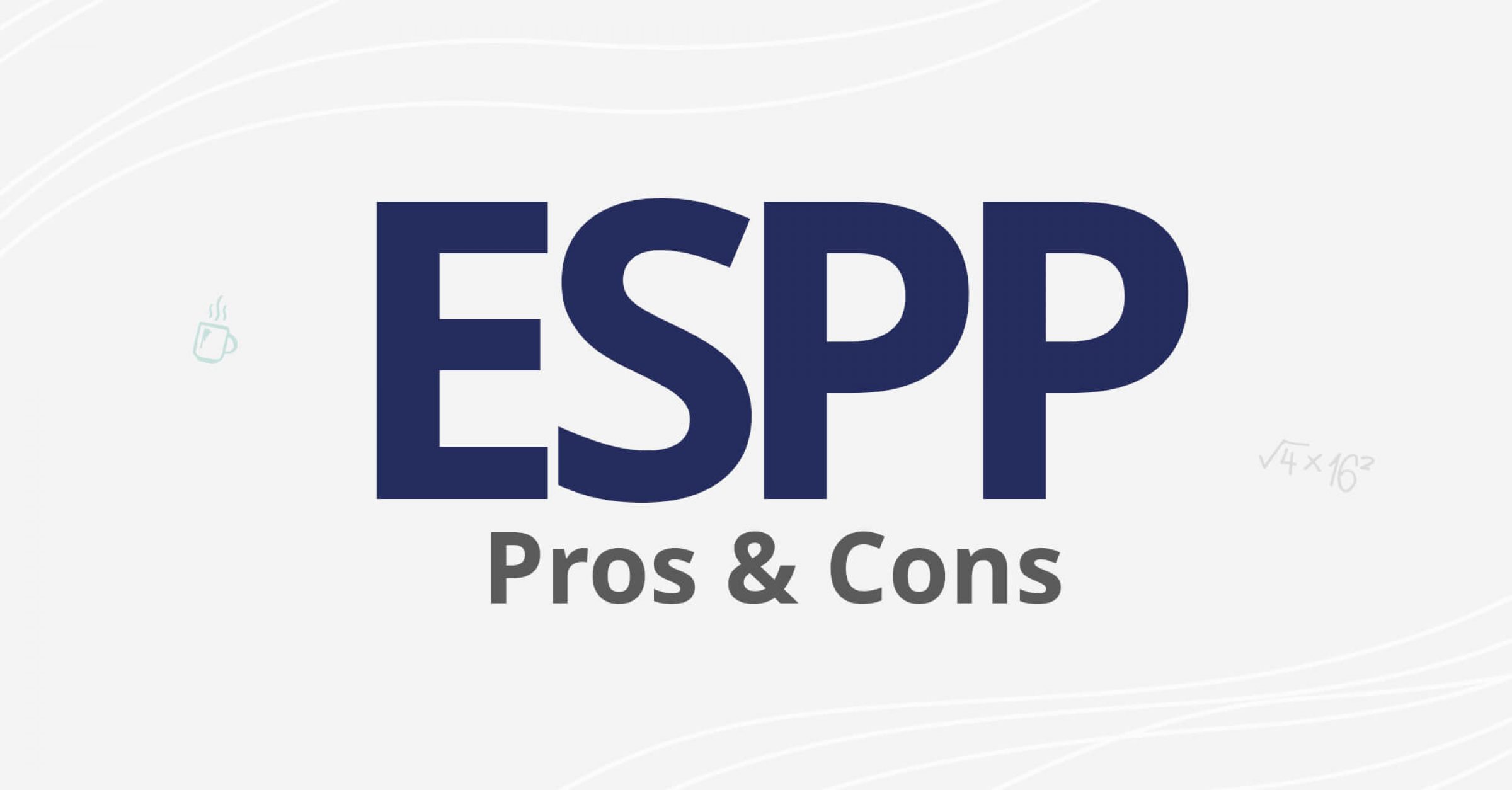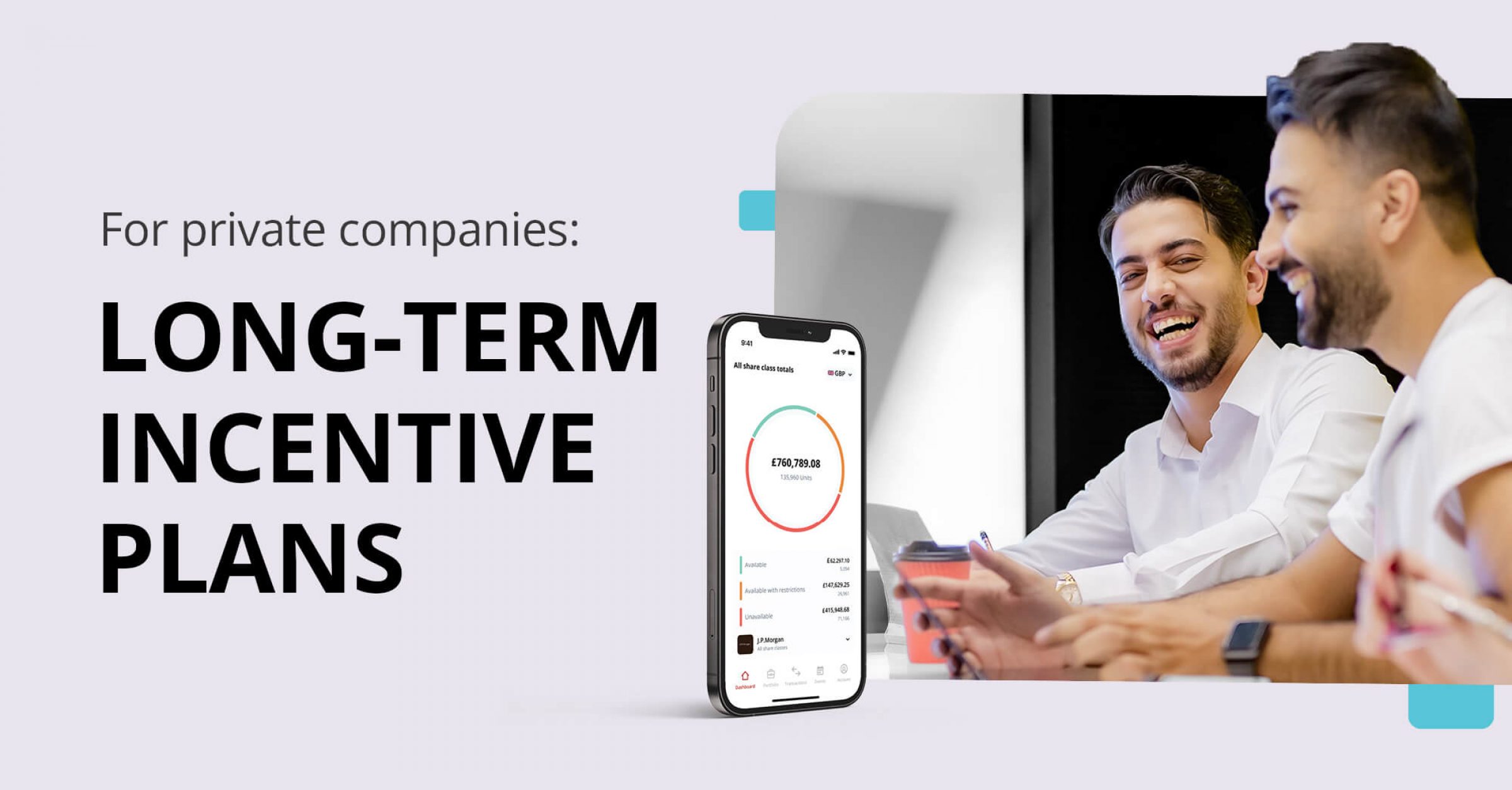An IPO occurs when a private company initially offers shares of its stock for public sale. It also means a new beginning in a company’s life as a public company. In 2021, IPOs on the Canadian stock exchanges reached a record number of IPOs, raising $10.18 billion.
In this article, we explain what an IPO is, the pros and cons, the process, and how we can support you during your IPO. Skip to the relevant section below:
- What is an IPO?
- Pros and Cons of an IPO?
- Process: How does an IPO work?
- How can you judge whether your IPO was a success or not?
- How can Global Shares support you on your journey to an IPO?
- FAQs about IPOs
What is an IPO?
IPO, or initial public offering, refers to the process by which a private company can go public through the sale of its stocks to the public. It could be a young company trying to generate some needed revenue or an established company that decides to be listed on an exchange.
The process provides the company with access to raising a lot of money, allowing it to grow and expand. The length of time required to complete an IPO in Canada is generally at least 12 weeks.
The journey from private to public also means that you’re governed by and bound to an entirely new set of rules and regulations. Public companies don’t just have to answer to investors, you now have an entire group of activist shareholders watching your every move.
Pros and Cons of an IPO
To IPO or not to IPO?
The most important thing to remember about going public is that you don’t have to. A company can continue to operate as a private entity indefinitely, should it choose. Despite the numerous benefits of becoming an IPO, smaller businesses may face several disadvantages that may make them think twice.
Advantages
- Fundraising: One of the key advantages is that companies can raise capital quickly from the entire investing public for growth, mergers and acquisitions, or other corporate purposes.
- Increasing Public Awareness: IPO helps increase a company’s exposure, prestige, and public image, which can help the company’s sales and profits.
- Providing Exit Opportunity for Early Stakeholders: IPOs are a way for early stakeholders such as angel investors and venture capital firms to transfer their share of a private company by selling their equity to public investors (i.e. cash out of their holdings).
- Attracting and Retaining Employees: Employers can offer stock benefits to retain employees and attract more talented workers. To help make the process of going public as painless as possible, it’s important to consider implementing one or changing your existing employee equity plan during the transition period.
Ready to try our Demo?
Learn more about how to implement or transition your share plan as smoothly as possible.
Request a Demo
Disadvantages
- High Costs: Going public can be an expensive and time-consuming process. A company must be able to pay for the generation of financial reporting documents, audit fees, investor relations departments, and accounting oversight committees.
- Less Control Over the Company: Unlike private companies who own 100% control, the public company loses some control over final decisions once the stock is made available to the public.
- Loss of Privacy Rights: A public corporation must make extensive disclosures about business and financial conditions, and other internal matters. These reports will also be available to a business’s competitors.
- New Obligations: A public company takes on significant new obligations, such as filing financial reports, keeping shareholders and the market informed
Other Things to Consider:
- Examine the market’s position: You need to make sure that the market is still hot for your type of product or service, and that the price of your stock is likely to go in the right direction.
- What your company looks like as a public company: Some questions are: What’s the direction of your company at the moment? What are the milestones you’re trying to achieve in the future? Can you achieve these better as a public company? Is the company able to comply with strict regulations, as well as manage complex relationships with public shareholders?
So, before deciding whether to go public or not, companies must evaluate all the potential advantages and disadvantages that will arise. This usually happens during the early process as the company works with an investment bank to weigh the pros and cons of a public offering and determine if it is in the best interest of the company for that period.
IPO Process
How does an IPO work? Once you do make the decision to IPO, you will go through an extensive IPO process. This section will break down the steps involved in the process, which can take at least 12 weeks to complete.
1. Appoint an IPO Team of Advisors
You will need some key advisors including investment bank (i.e. Underwriters), lawyers and accountants
- Investment bank: Manage the IPO process.
- Lawyers: Coordinate the legal work including detailed legal due diligence and verification process and advise on the ancillary documentation.
- Accountants: Undertake financial due diligence, and review working capital and the company’s financial procedures.
2. Conduct Due Diligence & Submit Filings
During this phase, the company and its advisors need to carry out due diligence which involves a detailed company investigation in these three main areas: business, finance and legal.
They also need to prepare a preliminary prospectus that contains full, true and plain disclosure of all material facts related to the securities to be offered, for filing with Canadian securities commissions.
3. Get your Employees on Board When You IPO
Whether you have an employee share plan in place or not, it’s important to know the benefits of implementing one or modifying your existing employee share plan now, pre-IPO.
Early-stage employees and key executives need to be rewarded for their investment in the company’s journey and you also need to buy in from newer employees on the new journey your company will be on. Public companies mean maturity and responsibility and you will want your employees to be on the path with you.
You need to review everything that relates to a share plan if you have one, and you need to seriously consider introducing one if you don’t. Things to examine include management systems, payroll, HR, accounting, tax, and financial reporting. You will also need a compliance review across your plans and especially so if you have employees across multiple jurisdictions.
It’s appropriate for a public company to review, adjust and enhance existing plans.
4. Go on IPO Roadshow – Usually Held 2-3 Weeks
At this stage, the company and underwriters are marketing the shares to institutional investors during the IPO roadshow to generate interest and estimate the demand for the shares. The feedback from this stage helps determine the pricing for the next step.
5. Pick your Stock Price for IPO
It is important to set your share price (i.e., the price at which the shares will be sold by the issuing company) correctly. The value will depend on the state of the market, your business sector and the value of your competitors, demand for the shares and similar factors.
Also, make sure to file the final prospectus with the Canadian securities commissions.
6. Go Public on the Stock Exchange
What’s More …
On your road to an IPO, it’s easy for employers to get distracted by the enormity of the task. You must strike the right balance between managerial focus on the IPO and the daily operations of the company. Things like:
- Keep control of your business: The IPO may be the most important transaction in your company’s history to date, but it’s often only one step along the path to market leadership. So, it’s important to keep an eye on your business to avoid serious decision-making mistakes.
- Communication: A well-thought communication effort, from the earliest moments in the IPO journey, to flotation and beyond, can help to defuse doubt, anxiety, and unsubstantiated speculation. Once the IPO process has been initiated, it’s necessary to explain to employees that they need to be careful about what they say in public settings to avoid innocent comments made to outside parties or journalists.
How can you judge whether your IPO was a success or not?
So, you’ve done it. You’ve officially taken your company public. Now, the question you want to know is: Was my IPO a success? There are two metrics for determining if an IPO was a success – market capitalization and market pricing.
- Market capitalization is the share price multiplied by the total number of the company’s outstanding shares. It needs to be greater than or equal to industry competitors, within 30 days of the IPO.
- Market Pricing is the difference between the offering price and the market capitalization after 30 days. It needs to be less than 20%.
Successful or not, your company is now public. Now, it’s just a matter of leveraging all the new opportunities that your IPO has brought your company.
How can Global Shares Support you on your Journey to an IPO?
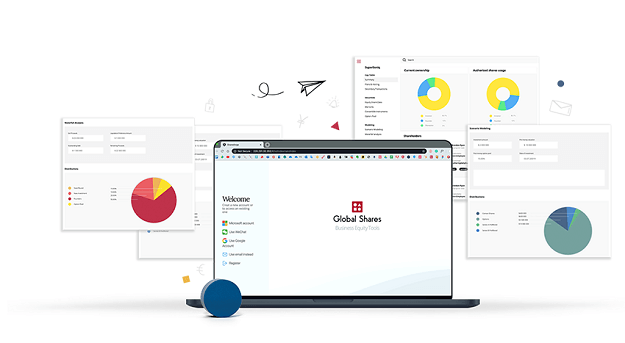
At Global Shares, this is a process we are very familiar with. If you’re considering an IPO, or just daydreaming about the day your startup goes public, we can help.
If you’re a private company, you need to have the best equity management – software and administration – if you want to make the transition as smooth as possible.
We can help with online share trading and enable your plan participants and employees to purchase, sell and exercise pre-IPO and then shift to direct to market transactions and share/fund disbursement through Global Shares once pubic. We provide a platform where employees can log in and see the value of what they own in their own currency.
Through Global Shares, you can also communicate with plan participants, gather data, and organize grants, releases, and more.
You can carry out proxy voting and record and track results. You can synchronize data between your system and our platform and create up-to-the-minute reports. We also provide live share price feeds and foreign exchange rates once you IPO.
Contact us today for a no-obligation demo with our team, who’ve walked this path with some of the world’s biggest companies.
FAQs about IPO
Why do companies go public?
Going public helps a company raise substantial capital to invest in future operations, expansion, or acquisitions
How long does the IPO process take?
It will typically take 6 -9 months for the company to complete its public debut if an IPO is well organized.
What are the steps in the IPO process?
The 7-step IPO process includes: 1. Assemble your IPO Team, 2. Conduct Due Diligence & Submit Filings, 3. Get your Employees on Board When You IPO, 4. Go on IPO Roadshow, 5. Picking your stock price, 6. Go Public on the Stock Exchange, 7. IPO performance & pacing yourself
IPO vs Direct Listing: What is the difference?
Direct listings eliminate the need for an IPO roadshow or IPO underwriter, which saves the company time and money. It also gives shareholders the opportunity to sell their stake in the company as soon as it goes public (i.e. no lock-up periods).
However, there are risks associated with it because there is no guarantee that the shares will sell and it can be more difficult to protect against volatility.
How is the IPO price determined?
This can depend on several factors, including company valuation, how much capital the company hopes to raise, road show outcomes and market conditions.
Please Note: This publication contains general information only and Global Shares is not, through this article, issuing any advice, be it legal, financial, tax-related, business-related, professional or other. The Global Shares Academy is not a substitute for professional advice and should not be used as such. Global Shares does not assume any liability for reliance on the information provided herein.




